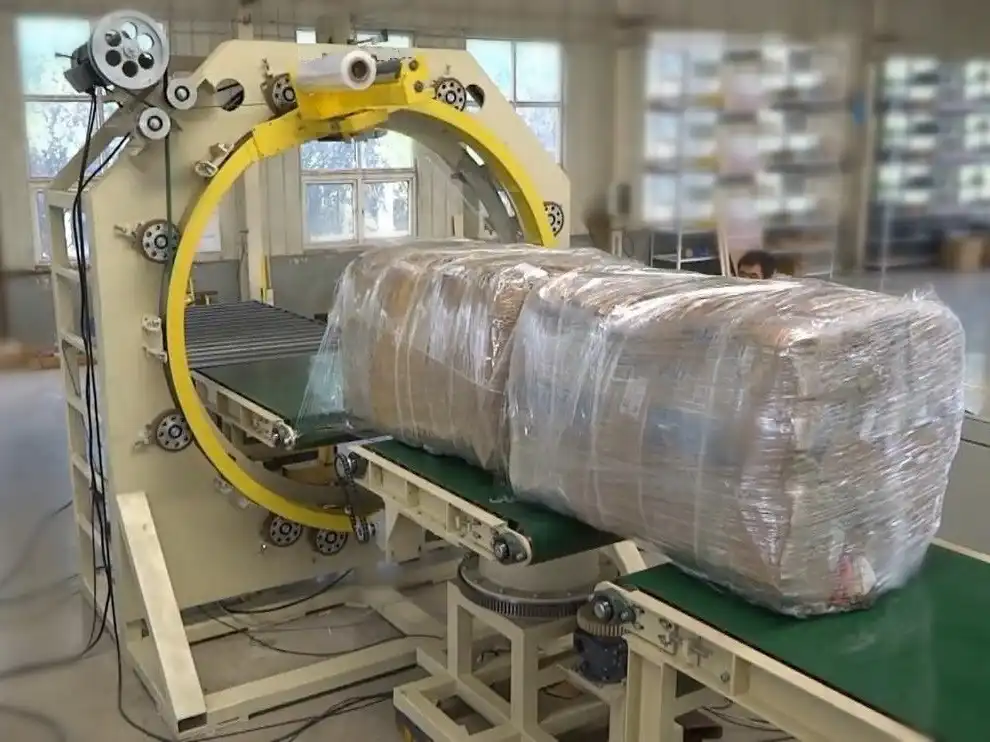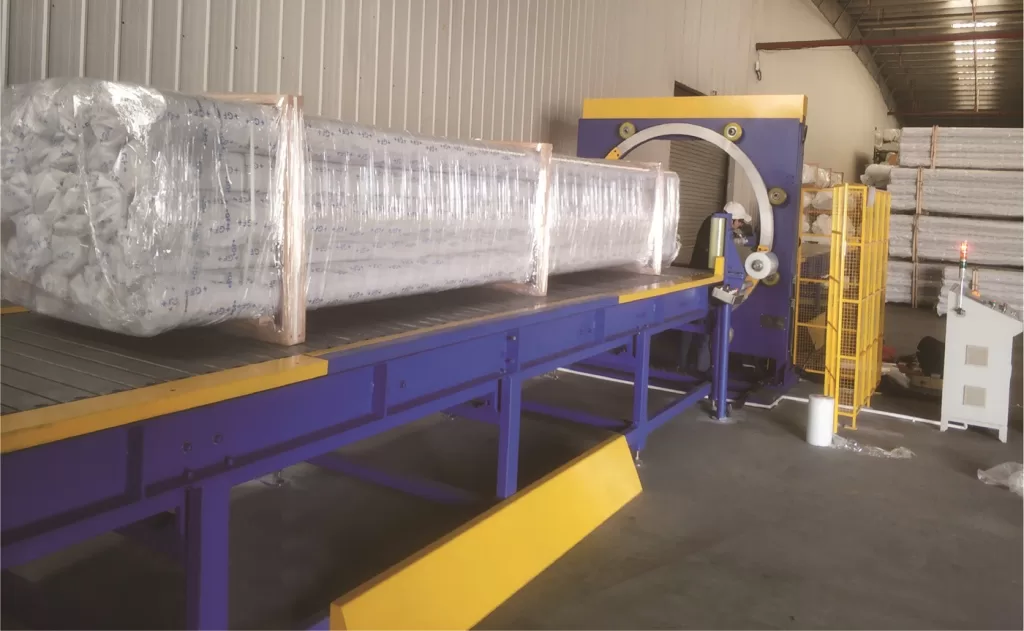Understanding the Automatic Carton Box Shrinking Machine: Process, Specs, and Applications
An automatic box shrinking machine represents a key piece of equipment in modern packaging lines, designed to efficiently apply and shrink plastic film around cartons. This process creates a secure, tamper-evident, and often visually appealing package suitable for transport and retail. These machines automate the wrapping process, significantly increasing throughput compared to manual or semi-automatic methods.
How an Automatic Carton Shrinking Machine Works
The operation typically involves several key stages integrated into a seamless flow:
- Infeed: Cartons are fed onto the machine's conveyor system, often integrating directly from an upstream production or packing line.
- Film Wrapping: As the carton moves, a layer of heat-sensitive shrink film (like Polyolefin or PVC) is dispensed and automatically wrapped around it.
- Sealing: A sealing mechanism (often utilizing heated bars or wires) creates a seal, fully enclosing the carton within the film sleeve. Excess film may be trimmed at this stage.
- Heat Tunnel: The wrapped carton travels through an integrated heat tunnel. Controlled hot air circulates within the tunnel, causing the film to shrink uniformly and tightly conform to the shape of the carton.
- Cooling and Outfeed: After exiting the heat tunnel, the package may pass through a brief cooling station to set the film before moving onto downstream conveyors for sorting, labeling, or palletizing.
Core Components and Design
An Automatic Carton Box Shrinking Machine is engineered with several key systems working in concert:
- Conveyor System: Transports boxes smoothly through the wrapping, sealing, and shrinking stages. Speed is often adjustable.
- Film Dispenser: Holds the roll of shrink film and automatically feeds the required amount for each package.
- Sealing System: Creates secure seals on the film; types vary based on machine design and application (e.g., L-bar sealer, side sealer).
- Heat Tunnel: The insulated chamber where controlled heating shrinks the film. Precise temperature and airflow control are critical for optimal results.
- Control Panel: Typically features a PLC (Programmable Logic Controller) and HMI (Human-Machine Interface) for setting parameters (temperature, speed, package size), monitoring operation, and diagnosing issues.

six sides automatic horizontal stretch wrapper General Specifications
Note: The following parameters offer a general guideline. Specific capabilities can vary significantly between models. For exact specifications relevant to your needs or the equipment shown in the video, please contact the manufacturer or supplier directly.
- Machine Type: Fully Automated Shrink Wrapping System
- Typical Power Requirements: 380V, 50Hz, Three Phase (Varies by region and machine size)
- Maximum Package Size Example: Length: 600mm; Width: 400mm; Height: 300mm (Subject to machine configuration)
- Conveyor Speed: Variable, potentially up to 15-20 meters per minute or more
- Compatible Film Types: Polyolefin (POF), Polyvinyl Chloride (PVC), and potentially other shrink films
- Heating System: Often uses quartz infrared heaters or forced air convection systems
- Approximate Machine Weight: 800kg (Highly dependent on size and features)
- Potential Throughput: Can range from 10 to over 30 boxes per minute, based on size and film
- Control System: PLC-based, often with digital interface for programming and adjustments
- Safety Features: May include emergency stops, safety interlocks on doors, automatic fault detection (e.g., film breakage).
Key Benefits of Automated Shrink Wrapping
Integrating an automatic shrink wrapping system offers several advantages:
- Enhanced Product Protection: The tight film layer shields cartons from dust, moisture, and dirt during transit and storage.
- Tamper Evidence: A sealed shrink wrap makes it obvious if a package has been opened or tampered with.
- Increased Throughput: Automation significantly speeds up the packaging process compared to manual methods.
- Consistent Package Quality: Ensures every carton is wrapped uniformly, improving presentation and reliability.
- Labor Cost Reduction: Frees up personnel from manual wrapping tasks for other duties.
- Versatility: Many machines can handle a range of box sizes and shapes with minimal adjustment.
Common Industry Applications
Automatic carton shrink wrappers are valuable across various sectors:
E-commerce Fulfillment
Ideal for high-volume e-commerce operations needing to quickly and securely package diverse products for shipping. The machine's speed (e.g., up to 30 boxes/min) and ability to handle varied sizes (up to 600x400x300 mm or custom ranges) protect goods during transit, reducing damage claims and enhancing customer satisfaction.
Food and Beverage
Used for bundling items (like canned goods or bottles) or providing a protective overwrap for retail display. Shrink wrapping helps maintain product integrity, extends shelf life by reducing exposure, and offers a clean presentation.
Pharmaceutical Distribution
Provides essential tamper evidence and protection for sensitive pharmaceutical products. The secure sealing helps meet regulatory requirements and ensures product safety and brand integrity throughout the supply chain.

Consumer Goods and Electronics
Offers a professional, retail-ready finish for boxed electronics, software, toys, cosmetics, and household items, while also protecting against scratches and contaminants.
Printing and Publishing
Used to wrap stacks of paper, books, magazines, or other printed materials, keeping them clean, dry, and bundled securely.
Considerations When Choosing a System
Selecting the right automatic shrink wrapper involves evaluating:
- Required Production Speed: Match machine throughput to your line requirements.
- Range of Box Dimensions: Ensure the machine can accommodate the smallest and largest cartons you process.
- Film Compatibility: Verify the machine works effectively with your preferred type and gauge of shrink film.
- Integration Needs: Consider how the machine will connect with existing upstream and downstream equipment.
- Level of Automation: Assess required features like automatic film splicing or size changeovers.
- Budget and ROI: Balance initial investment against long-term savings in labor and efficiency gains.
By understanding the process, capabilities, and applications of automatic carton box shrinking machines, businesses can make informed decisions to optimize their packaging operations for efficiency, protection, and presentation.